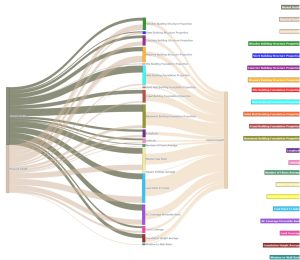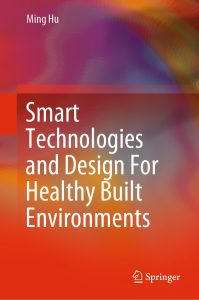HOUSE4HEALTH
This project, HOUSE4HEALTH, develops a machine learning (ML)-powered model to assess how housing conditions influence health outcomes under climate change stress—specifically focusing on heat-related health risks among vulnerable populations in South Bend and Elkhart, Indiana. Using Google Street View (GSV) images, the team extract key built environment variables (e.g., roof type, window size, tree cover) and integrate them with social and health data (e.g., energy burden, ER visits) into a multilevel predictive model. The goal is to identify which passive design features—low-cost, non-mechanical strategies like shading and ventilation—most effectively reduce indoor heat exposure and associated health risks.

Technologies and Design for Healthy Built Environment
My second book connects smart technology to a healthy built environment that builds upon the sustainable building movement. It provides an overall summary of the state-of-the-art technologies applied in the built environment. The book covers a broad spectrum of smart technology categories, ranging from dynamic operability to energy efficiency, self-regulating and self-learning systems, and responsive systems. The book discusses and outlines the foreseeable challenges associated with smart technologies.
